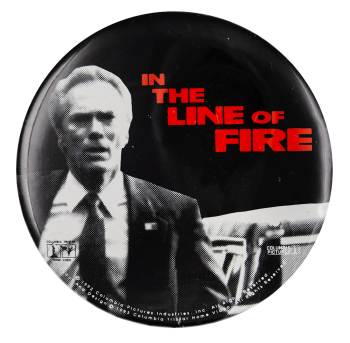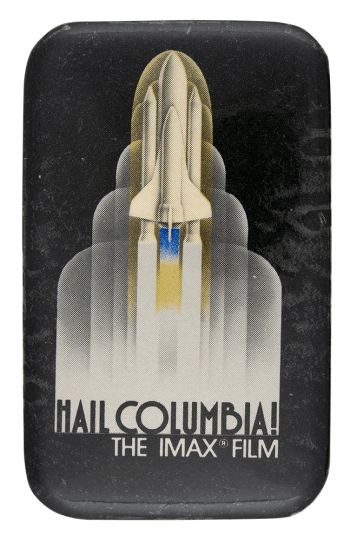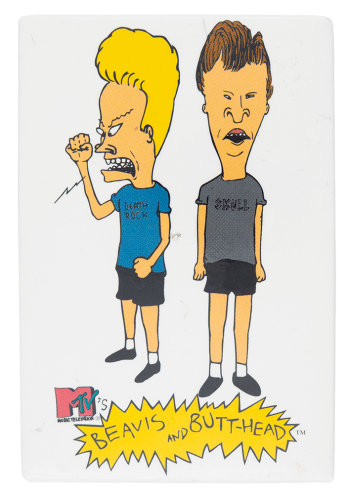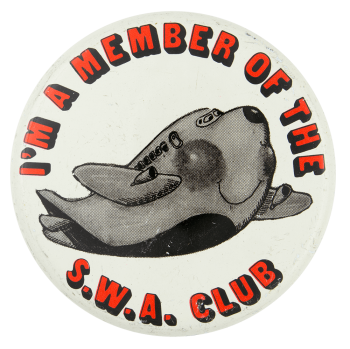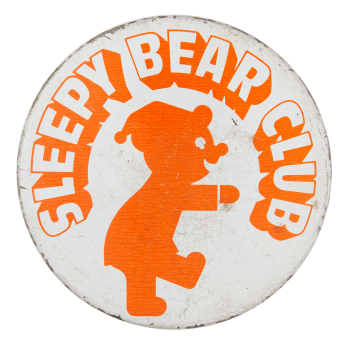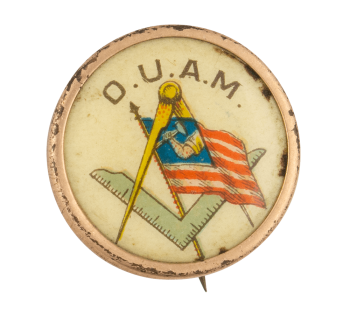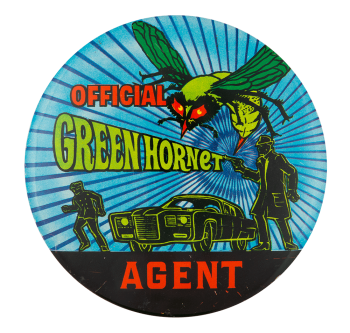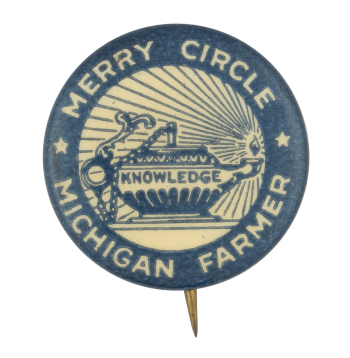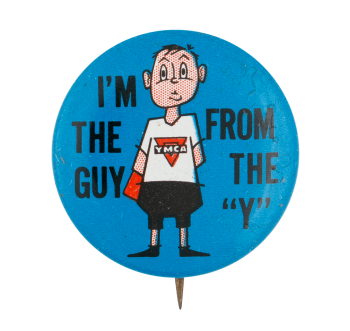In the Line of Fire
| Category | |
|---|---|
| Additional Images | |
| Sub Categories | |
| Text on Button | IN THE LINE OF FIRE ©1993 Columbia Pictures Industries., Inc. All Rights Reserved. … And Design ©1993 Columbia Tristar Home Video All Rights Reserved |
| Image Description | Red text over a black and white photograph of a man and the top of a car with a black background |
| Back Style | |
| The Shape | |
| The Size | |
| Year / Decade Made | |
| Additional Information | In the Line of Fire is a 1993 movie starring Clint Eastwood, John Malkovich, and Rene Russo. This thriller follows secret service agent Frank Horrigan (Clint Eastwood) as he tries to protect the current president from an ex-CIA assassin Mitch Leary (John Malkovich). Horrigan is haunted by his failed attempt to save President John F. Kennedy from assassination, something that Leary knows and uses to taunt him. Rene Russo plays Horrigan's fellow agent, Lilly Raines. The film was released on VHS September 5th, 1995. |
| Sources |
In the Line of Fire. (n.d.). Retrieved January 29, 2019, from https://www.imdb.com/title/tt0107206/plotsummary |
| Catalog ID | EN0528 |

